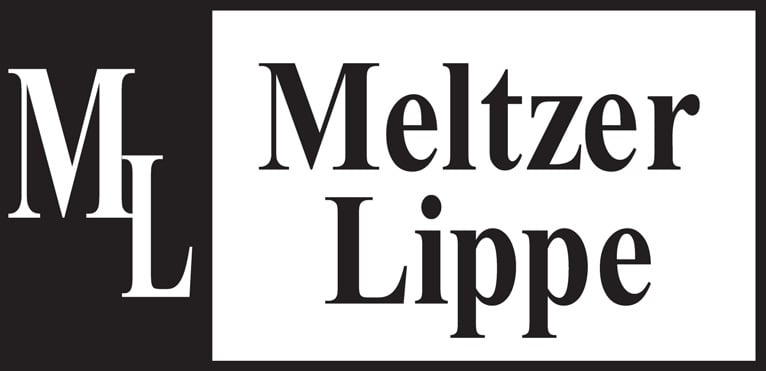On October 2, 2023, the Equal Employment Opportunity Commission (“EEOC”) published a proposed “Enforcement Guidance on Harassment in the Workplace” (“Guidance”) for public comment. If finalized, this will mark the first time since 1999 that the EEOC has updated its guidance on workplace harassment. The Guidance explains how to evaluate whether alleged harassment violates federal Equal Employment Opportunity (“EEO”) law and focuses on the following three components:
- Causation:
- Harassment is covered by EEO laws only if it is based on an employee’s legally protected characteristic(s).
- Causation is established if the totality of the circumstances shows that the complainant was subjected to harassment because of the complainant’s protected characteristic, regardless of whether the harasser explicitly referred to that characteristic.
- Discrimination with respect to a term, condition, or privilege of employment:
- To support a harassment claim, an employee must show that the alleged harassment affected a term, condition, or privilege of employment; such as being terminated or having salary reduced.
- To be actionable absent an explicit change to the terms or conditions of employment, the harassment, taken as a whole, must be sufficiently “severe or pervasive” to alter the conditions of the victim’s employment and create an abusive working environment.
- The conduct must be “more than merely offensive” but does not need to “cause psychological harm.”
- Liability:
- An employer’s liability will depend on the role of the harasser.
- If the harasser is a proxy or alter ego of the employer, the employer is automatically liable for the harasser’s conduct.
- If the harasser is a supervisor and the conduct includes a tangible employment action against the victim, the employer is vicariously liable for the harasser’s conduct and there is no defense to liability.
- If the harasser is a supervisor (but not a proxy or alter ego) and the hostile work environment does not include a tangible employment action, the employer is vicariously liable but may limit its liability or damages.
- If the harasser is any person other than a proxy, alter ego, or supervisor, the employer is liable if the employer was negligent in that it failed to act reasonably to prevent the harassment or to take reasonable corrective action.
Employers should review their equal employment opportunity policies and ensure managers/supervisors are aware of the Guidance. Meltzer Lippe is well versed in legislative developments related to equal employment opportunity laws. Employers with questions relative to the foregoing are encouraged to reach out to your Meltzer Lippe advisor or contact Daniel F. Carrascal or Nicholas P. Melito at Meltzer, Lippe, Goldstein & Breitstone, LLP.
